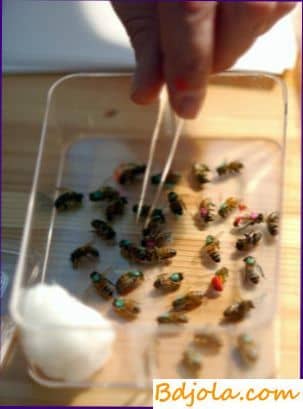
There are several ways to use bee venom for therapeutic purposes: by direct bee bite (classical method), by injection, by rubbing; with the help of electrophoresis, ultrasound, aerosol and steam inhalations and ingestion. The most effective is the introduction of poison into the skin by the method of biting by bees.
Bee bites treat hypertension, angina pectoris, bronchial asthma, polyarthritis, peripheral nervous system diseases, allergic reactions, etc.
Treatment with bee venom should be performed by an experienced doctor. The use of a bite by bees without sufficient clinical studies is not only dangerous to the health of patients, but sometimes threatens their life.
During the period of apitherapy, you can not drink alcohol – this can increase the sensitization of the body and reduce the therapeutic effect. Do not also use sleeping pills that increase the toxic effect of bee venom.
The preventive effect of bee venom is that it assists in the manufacture of a certain and persistent immunity in the body against various infectious diseases.
A person can withstand 400-500 bites by bees. Nevertheless, most people have an increased sensitivity to bee venom. Someone is seriously ill even from one bite of a bee.
Болезни расплода пчел. Яблоки моченые с медом.
Bee venom